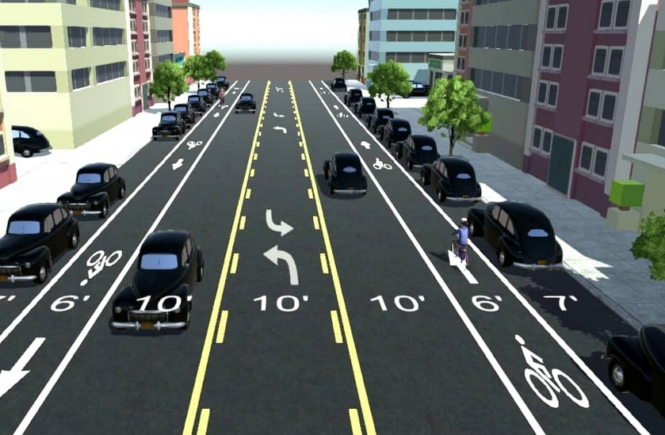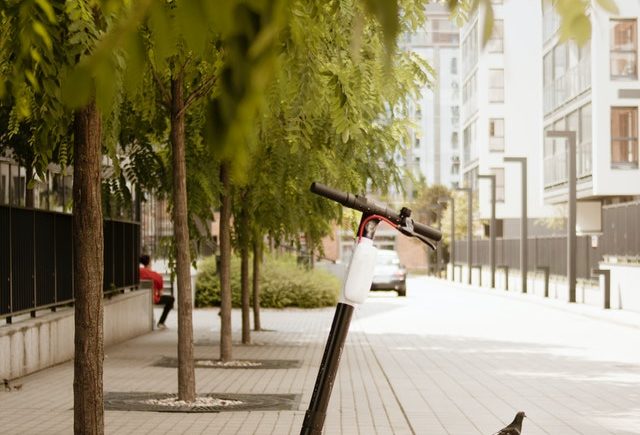A few years ago I was lucky to see John N. LaPlante, P.E., PTOE speak at a TRB conference. As Chief Transportation Planner at the world–renowned T.Y Lin International, I was expecting road-widening rationales, travel demand models and an overview of ITE guidelines. Instead, he described innovative roadway treatments which impressed engineers and planners alike. A few notable points he made:
- Designing for anything “better” than Level of Service D in urban areas is a waste of time and money.
- Travel time savings of 3 minutes is not reason enough to design roads like airport runways.
- Vehicle miles traveled has hit a plateau. 1% background growth for x out years is unrealistic and will result in gridlock projections for every model. Don’t let models dictate design.
- Tighten curb radii, even if it means trucks have to turn from the outer lanes.
- On/off ramps connecting freeways to urban areas should not be designed like interstate ramps. Design speeds should drop dramatically to force drivers to slow down.
- 10′ lane widths should be standard for roads with speed limits under 45mph – anything over 11′ is a waste of money and a danger to pedestrians.
- Medians, trees, and on-street parking are our friends and serve as natural traffic calming. Removing on-street parking, even just during peak hours, has deleterious impacts on nearby businesses.
- Urban arterials, which typically have the most traffic of any urban street, should not be designed to maximize capacity and speed. Because people live, work, walk and bike on these streets, the same complete street principles should apply.
- There is nothing in AASHTO and ITE guidelines which prevents these, or other complete street designs from being included in projects. We are only limited by our imagination.
In looking back over this list, I realized I’ve used Mr. LaPlante’s advice on many projects. Mr. LaPlante also gave a great presentation on retrofitting urban arterials into complete streets where he describes design and signal policies in more detail.




